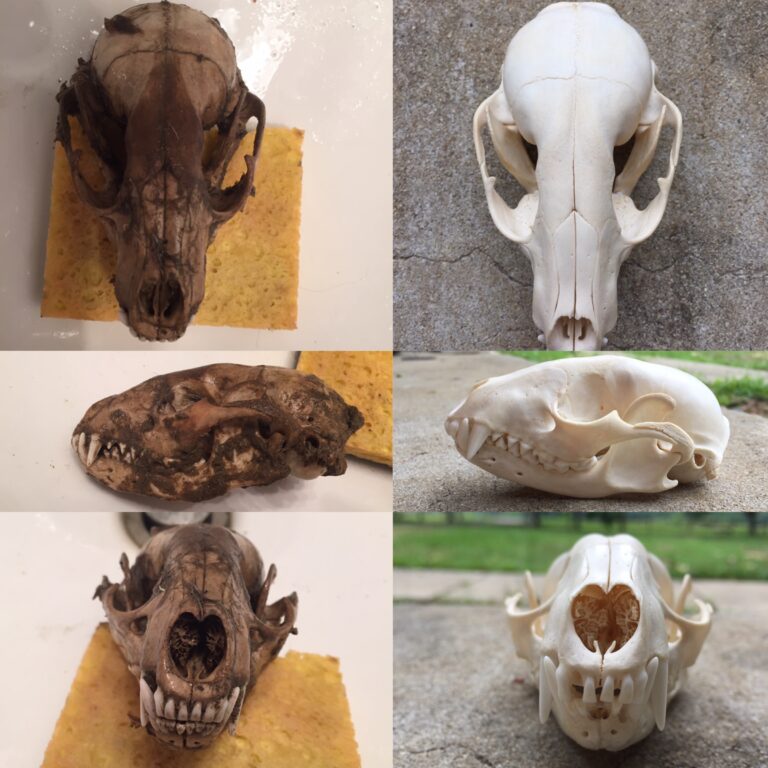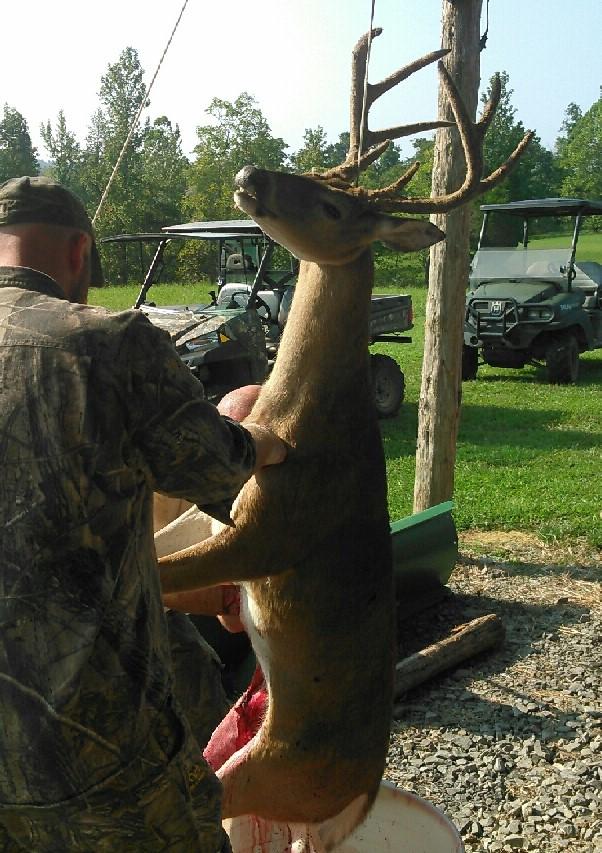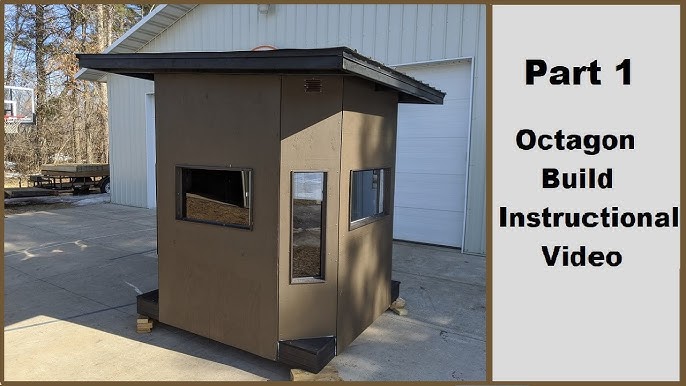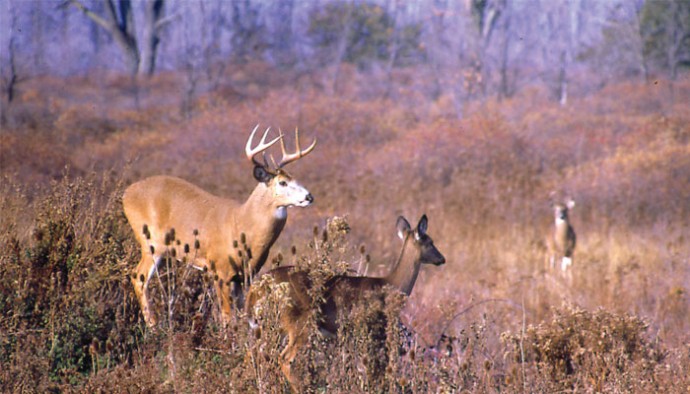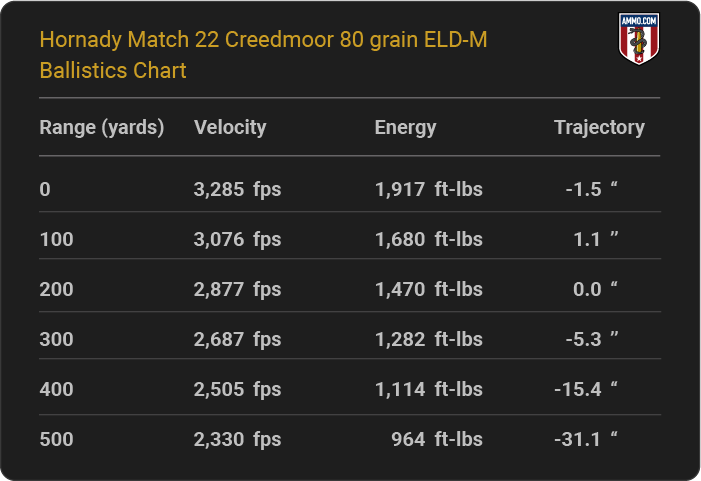150 Class Whitetail Deer Pictures: Ultimate Trophy Gallery
Whitetail deer are a fascinating species. Their beauty and grace captivate many.
Seeing a 150 class whitetail deer in the wild is a rare treat. These deer have impressive antlers and strong builds, making them a favorite among wildlife enthusiasts and hunters alike. In this blog post, we will explore 150 class whitetail deer pictures.
These images highlight the elegance and strength of these magnificent creatures. Whether you are a seasoned hunter or simply love nature, these pictures will inspire you. You’ll get a closer look at their antler patterns, body structure, and the environments they thrive in. So, let’s dive into the world of 150 class whitetail deer and appreciate their stunning beauty through these amazing photographs.
Introduction To 150 Class Whitetail Deer
Whitetail deer are one of the most sought-after game animals in North America. Among these, the 150 class whitetail deer holds a special place in the hearts of hunters and wildlife enthusiasts. These majestic animals are not only a sight to behold but also represent a significant achievement in the world of trophy hunting. In this section, we will explore what makes a 150 class deer so remarkable and why they are important in trophy hunting.
What Makes A 150 Class Deer
The 150 class deer refers to the antler score of the deer. This score is measured using the Boone and Crockett scoring system. A 150 class deer has antlers that score at least 150 inches. This score is determined by the length, spread, and mass of the antlers.
These deer are rare and difficult to find. Their impressive antlers make them stand out. Hunters often dream of encountering such a deer. The 150 class whitetail deer are usually mature bucks. They are at least 4 to 5 years old. Their antlers have had time to grow and develop. This makes them a true trophy for any hunter.
Importance In Trophy Hunting
The 150 class whitetail deer holds great importance in trophy hunting. They represent skill and dedication. Hunters spend many hours tracking and studying these deer. Harvesting a 150 class deer is a major achievement.
These deer are also important for wildlife management. By hunting mature bucks, younger deer have a chance to grow. This helps maintain a healthy deer population. It also ensures that the genetics of the herd remain strong.
For many hunters, a 150 class whitetail deer is the pinnacle of their hunting career. It is a symbol of success and perseverance. Pictures of these majestic animals inspire and motivate others. They remind us of the beauty and challenge of the hunt.
Historical Significance
The 150 Class Whitetail Deer holds a special place in hunting history. These deer are not just animals; they symbolize the evolution of hunting practices and the admiration of wildlife. Hunters and enthusiasts alike cherish the stories and pictures of these majestic creatures.
Evolution Of Trophy Hunting
Trophy hunting has evolved over centuries. In earlier times, hunting was essential for survival. People hunted for food and clothing. As societies advanced, hunting turned into a sport. Hunters began to seek the largest and most impressive animals.
The 150 Class Whitetail Deer became a prized target. Their antlers, scoring around 150 points, are a testament to their size and strength. These trophies represent the skill and patience of the hunter.
Famous 150 Class Deer In History
Some 150 Class Whitetail Deer have gained fame over the years. These deer have stories that inspire hunters and wildlife enthusiasts.
- Jordan Buck: Shot in 1914, it held the world record for decades.
- Hanson Buck: Harvested in 1993, it is known for its remarkable size.
- Hole in the Horn Buck: Discovered in 1940, it is famous for its unique antler formation.
Pictures of these deer continue to fascinate people. They offer a glimpse into the past and the rich history of trophy hunting.
Tables can help illustrate the significance of these famous deer.
| Deer | Year | Significance |
|---|---|---|
| Jordan Buck | 1914 | Held world record for decades |
| Hanson Buck | 1993 | Known for remarkable size |
| Hole in the Horn Buck | 1940 | Famous for unique antler formation |
These stories and images of 150 Class Whitetail Deer help preserve the legacy of trophy hunting. They continue to inspire new generations of hunters.
Hunting Techniques
Hunting a 150 Class Whitetail Deer requires skill and patience. Using the right techniques increases your chances of success. In this section, we will explore effective hunting techniques that can help you capture stunning photos of these magnificent creatures.
Scouting And Tracking
Scouting is essential for a successful hunt. It helps you understand the deer’s patterns and behavior. Spend time observing their habitat. Look for signs like tracks, droppings, and rubs.
Tracking is another crucial skill. Pay attention to trails and bedding areas. Use a map or GPS to mark key locations. This helps you plan your hunt and increase your chances of spotting a 150 Class Whitetail Deer.
| Scouting Tips | Tracking Tips |
|---|---|
| Use binoculars for distant observation | Check for fresh tracks |
| Set up trail cameras | Follow droppings |
| Note feeding times | Locate bedding areas |
Best Hunting Seasons
The best hunting seasons for 150 Class Whitetail Deer vary by region. Typically, the fall season is prime time. Cooler weather makes deer more active. They move around more during this time.
Early season is great for spotting deer. They follow predictable patterns. Late season can also be fruitful. Deer are more cautious but still active.
- Early Season: Deer follow feeding patterns.
- Mid Season: Deer begin to rut.
- Late Season: Deer become more cautious.
Remember, each season has its advantages. Choose the one that fits your hunting style.
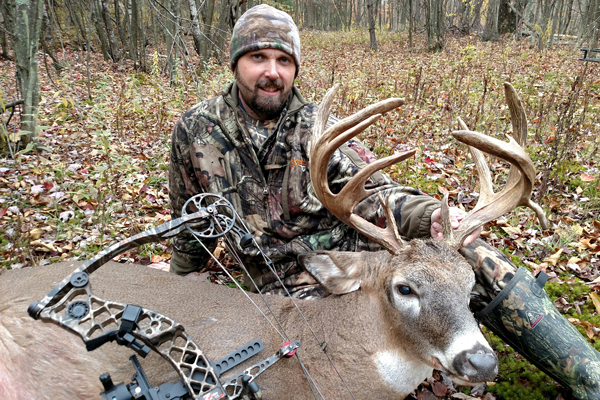
Credit: www.northamericanwhitetail.com
Photography Tips
Capturing a 150 Class Whitetail Deer in a photograph is a thrilling experience. To ensure you get the best shot, follow these simple photography tips. You’ll learn how to capture the perfect shot and the camera equipment you need.
Capturing The Perfect Shot
Timing is crucial. Whitetail deer are most active during dawn and dusk. The soft light during these times helps in getting clear, beautiful photos.
Patience is key. Wait for the deer to make a natural pose. Avoid sudden movements, as this might scare the deer away.
Focus on the eyes. Sharp eyes make the photo more engaging. Use the autofocus feature of your camera to lock onto the deer’s eyes.
Composition matters. Place the deer off-center to create a more dynamic shot. Use the rule of thirds to guide your composition.
Background is important. Ensure the background is not cluttered. A simple, natural background works best to highlight the deer.
Camera Equipment Recommendations
Using the right equipment can make a significant difference in your photos. Here are some recommendations:
| Equipment | Recommendation |
|---|---|
| Camera | DSLR or Mirrorless Camera |
| Lens | Telephoto Lens (200mm-400mm) |
| Tripod | Sturdy Tripod |
| Memory Card | High-Speed Memory Card |
Camera: A DSLR or mirrorless camera offers better control and quality. They are suitable for wildlife photography.
Lens: A telephoto lens (200mm-400mm) is ideal. It allows you to capture the deer from a distance without disturbing them.
Tripod: Use a sturdy tripod to avoid camera shake. It helps in getting sharp images, especially in low light conditions.
Memory Card: A high-speed memory card ensures quick data writing. This is essential for capturing multiple shots in quick succession.
Gallery Of 150 Class Whitetail Deer
The Gallery of 150 Class Whitetail Deer showcases stunning images of these majestic creatures. In this collection, you’ll find both award-winning photos and user-submitted images. Each picture captures the beauty and grace of these animals. Enjoy a visual feast that brings you closer to nature and the great outdoors.
Award-winning Photos
Our gallery features numerous award-winning photos of 150 class whitetail deer. These images are captured by talented photographers who have spent countless hours in the wild. Each photo tells a unique story. The intricate details and lighting make these pictures stand out. You can almost feel the deer’s presence through the lens.
These award-winning photos highlight the deer’s natural habitat. They capture moments of calm, curiosity, and alertness. The photographers behind these images have a keen eye for detail. Their work is recognized and celebrated in various wildlife photography contests. This collection is a testament to their skill and dedication.
User-submitted Images
Our gallery also includes user-submitted images of 150 class whitetail deer. These photos come from our dedicated community of deer enthusiasts. Each image reflects the passion and love for these magnificent animals. The users have captured unique moments in the deer’s lives. Their contributions add a personal touch to the gallery.
These user-submitted images showcase the deer’s behavior and interactions. Some photos feature deer in groups, while others capture solitary moments. The diversity of these images brings a fresh perspective to the gallery. They provide an authentic look at the life of 150 class whitetail deer.
We encourage our readers to submit their own photos. Your image could be featured in our gallery. Share your experiences and help us celebrate the beauty of these amazing creatures.
Field Dressing And Taxidermy
Field Dressing and Taxidermy are crucial steps when it comes to preserving your hunting trophies. Proper field dressing ensures the quality of the meat, while taxidermy allows you to immortalize your trophy in a lifelike form.
Initial Field Dressing Steps
After harvesting a whitetail deer, the first step is to field dress it. Make a small incision near the breastbone, then carefully remove the internal organs to prevent spoilage.
Preserving Your Trophy
Preserving your trophy involves careful handling and preparation. Contact a taxidermist to discuss the best way to preserve your deer and create a lasting memory of your successful hunt.
Conservation Efforts
Conservation efforts are essential for maintaining the population and habitats of whitetail deer. These majestic creatures are a vital part of our ecosystem. By focusing on sustainable practices and supporting organizations, we can ensure their survival for future generations.
Sustainable Hunting Practices
Sustainable hunting practices are crucial to the conservation of whitetail deer. Hunters play a key role in maintaining a balanced ecosystem. They must follow guidelines to ensure the deer population remains healthy and stable.
- Proper licensing: Hunters must obtain the necessary licenses to hunt.
- Seasonal hunting: Only hunt during designated seasons to avoid overharvesting.
- Bag limits: Adhere to the set limits on the number of deer that can be hunted.
Organizations Supporting Wildlife
Many organizations work tirelessly to support the conservation of whitetail deer. These groups provide resources, education, and advocacy to protect wildlife.
| Organization | Mission |
|---|---|
| National Wildlife Federation (NWF) | Advocates for wildlife protection and habitat conservation. |
| Quality Deer Management Association (QDMA) | Focuses on ethical hunting and deer management practices. |
| World Wildlife Fund (WWF) | Works globally to conserve nature and reduce threats to wildlife. |
By supporting these organizations, individuals can contribute to the long-term survival of whitetail deer and their habitats.
Sharing Your Trophy
Sharing your trophy is an exciting moment for any hunter. A 150 class whitetail deer is a remarkable achievement. Capturing and showcasing these moments can be equally thrilling. Whether sharing on social media or creating a trophy room display, it is important to present it beautifully.
Social Media Tips
Social media is a great way to share your hunting success. Start with choosing the best pictures of your trophy. Clear, high-quality images grab attention. Ensure the background complements the deer. Natural settings work best.
Use simple captions to describe your experience. Share the story behind the hunt. Keep it short and engaging. Tag relevant pages and use popular keywords like “150 class whitetail deer”. This helps reach a larger audience.
Engage with comments and messages. Respond to your followers. This builds a community and makes your post more popular.
Creating A Trophy Room Display
A trophy room display showcases your hunting achievements. Start by selecting a prominent wall or corner. Make sure it is well-lit. Proper lighting highlights your trophy.
Mount your 150 class whitetail deer on a sturdy plaque. Position it at eye level. This makes it the focal point. Surround it with related memorabilia. Include items like your hunting gear, photos, and certificates.
Keep the display neat and organized. Avoid clutter. This keeps the focus on your trophy. A well-arranged display tells a story. It shares your hunting journey with visitors.
Future Of Whitetail Deer Hunting
The future of whitetail deer hunting is evolving quickly. With new technologies and changing regulations, hunters must adapt. As we look ahead, these changes promise to shape the experience of hunting whitetail deer.
Technological Advancements
Technology is changing the way we hunt whitetail deer. Trail cameras help hunters track deer movements. GPS devices make navigation easier in the woods. Drones offer aerial views of hunting areas. These tools give hunters an edge in planning their hunts.
Smartphones also play a role. Apps can track weather patterns and predict deer activity. Hunters can share information with others instantly. This creates a more connected hunting community.
Changing Regulations
Regulations for whitetail deer hunting are always changing. These rules aim to protect deer populations and ensure fair hunting practices. Some areas have stricter limits on the number of deer you can hunt. Others may change the hunting season dates.
Hunters must stay informed about these changes. Reading updates from wildlife agencies is crucial. Understanding the regulations helps hunters avoid fines and penalties. It also ensures a sustainable future for whitetail deer hunting.
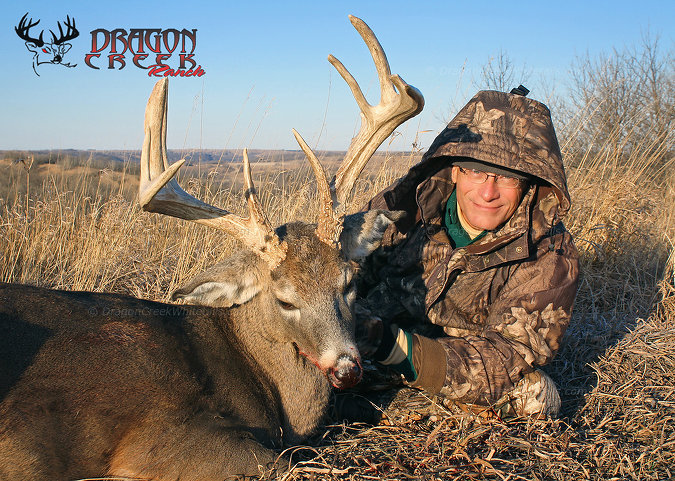
Credit: dragoncreekwhitetails.com

Credit: dragoncreekwhitetails.com
Frequently Asked Questions
What Is A 150 Class Whitetail Deer?
A 150 class whitetail deer scores around 150 inches on the Boone and Crockett scale. This measurement includes antler size and spread.
Where Can I Find 150 Class Whitetail Deer Pictures?
You can find 150 class whitetail deer pictures on wildlife photography websites, hunting forums, and social media platforms. They showcase impressive deer.
How Do You Score A 150 Class Whitetail Deer?
Scoring a 150 class whitetail deer involves measuring the antlers’ length, circumference, and spread. It uses the Boone and Crockett scoring system.
What Makes A Whitetail Deer Reach 150 Class?
A whitetail deer reaches 150 class through genetics, nutrition, and age. Proper habitat management helps them grow larger antlers.
Conclusion
Capturing the beauty of 150 class whitetail deer is a thrilling experience. Each picture tells a unique story of nature’s grace and power. These images inspire hunters, photographers, and wildlife enthusiasts alike. They remind us of the importance of conserving these magnificent creatures.
Enjoy browsing through these stunning photos. Let them spark your passion for wildlife. Share with friends and family who appreciate nature’s wonders. Thank you for joining us on this visual journey. Happy exploring!

